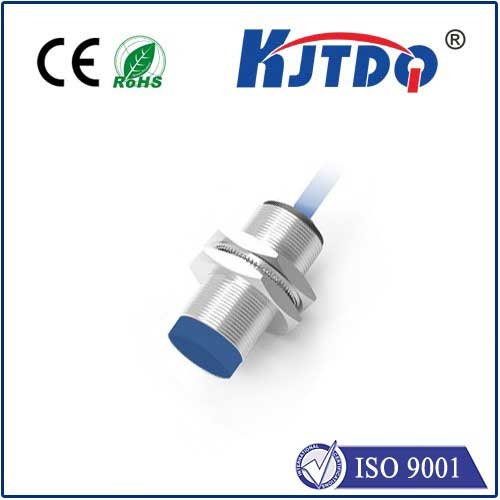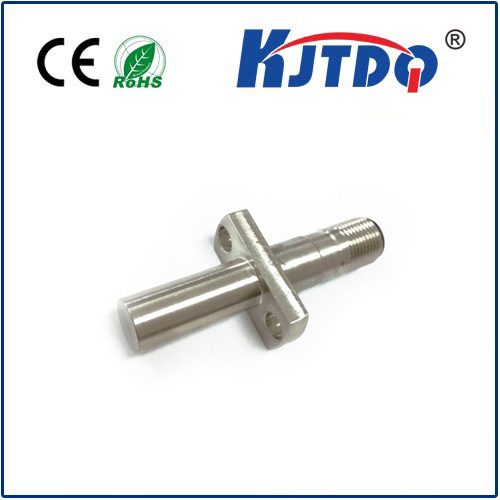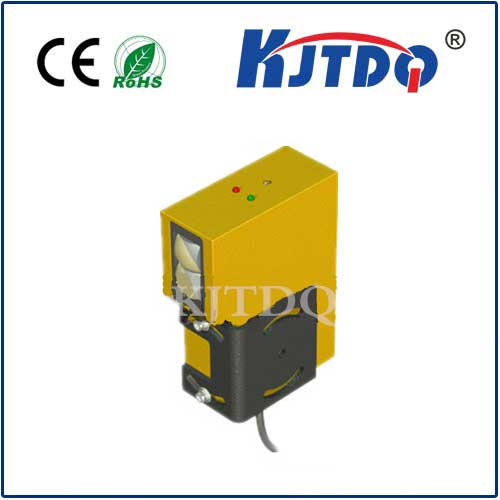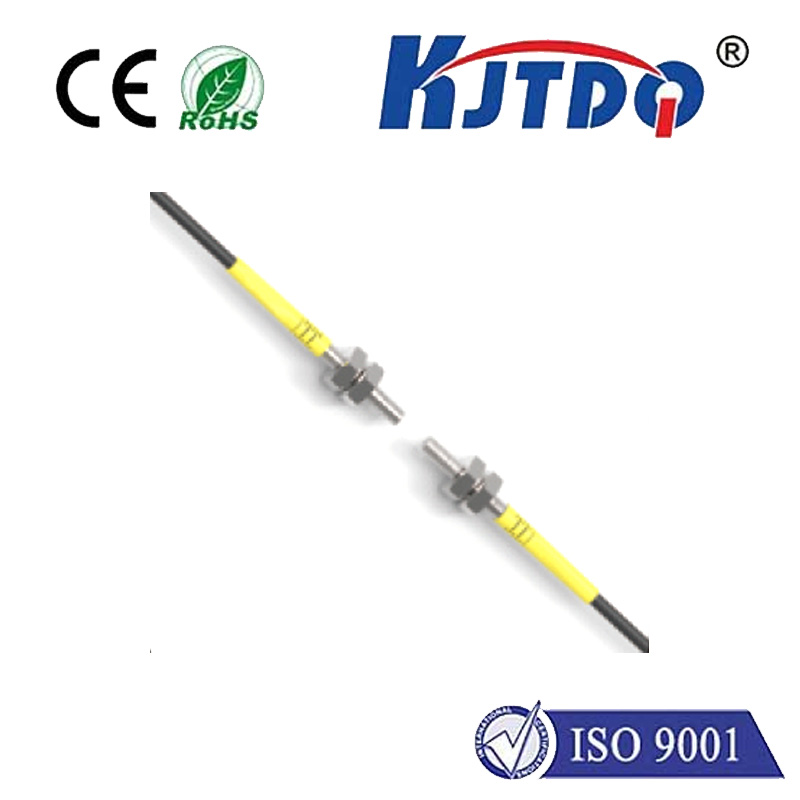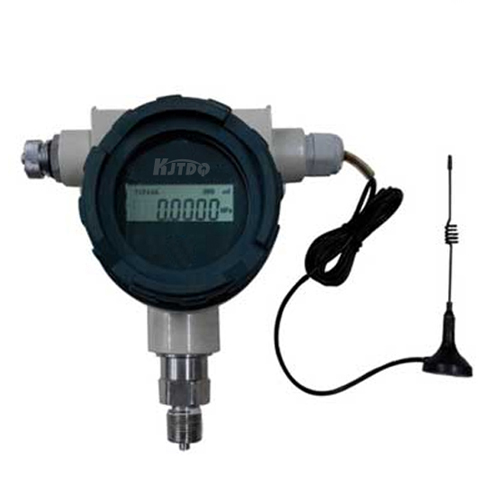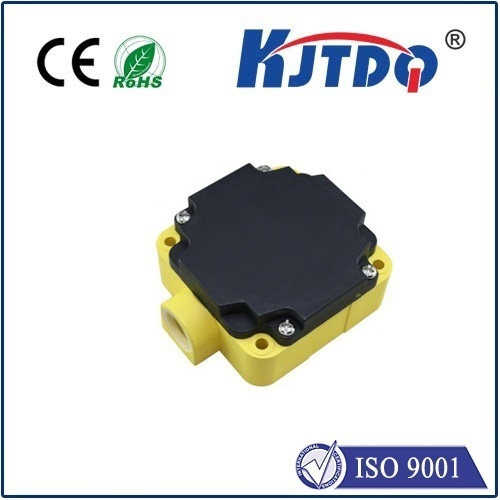proximity relay
- time:2025-06-24 02:28:17
- Click:0
Proximity Relays: The Silent Guardians of Modern Automation
Imagine a factory floor humming in the dead of night. Conveyor belts glide, robotic arms dance with precision, and intricate machinery performs complex tasks flawlessly. What ensures this silent symphony operates without constant manual intervention, detecting the presence or absence of components in the blink of an eye? Often overlooked but critically important, proximity relays are the unsung heroes making it possible. These sophisticated sensors form the bedrock of countless automated processes, providing reliable, non-contact detection that mechanical switches simply cannot match.
Understanding the Core: What is a Proximity Relay?
At its heart, a proximity relay (often referred to as a proximity sensor or switch) is an electronic device designed to detect the presence or absence of a nearby object without any physical contact. Unlike traditional mechanical limit switches that require being bumped or pressed, proximity relays work silently and reliably through electromagnetic fields, capacitive coupling, or ultrasonic waves. The most common types are:

- Inductive Proximity Relays: Detect metallic objects (typically ferrous metals like iron or steel) by generating an electromagnetic field. When a metal target enters this field, it induces eddy currents, causing a change in the field’s characteristics that the sensor detects. Inductive sensors are highly robust, work effectively in dirty environments, and are widely used in manufacturing.
- Capacitive Proximity Relays: Detect both metallic and non-metallic objects (plastics, wood, liquids, granular materials) by sensing changes in capacitance. The sensor forms one plate of a capacitor, the target object forms or influences the other. As the object nears, the capacitance changes, triggering the relay. Capacitive sensors are ideal for level detection, presence sensing through barriers, and handling diverse materials.
- Ultrasonic Proximity Relays: Emit high-frequency sound waves and measure the time for the echo to return. Distance to an object is calculated based on the speed of sound. They excel at detecting objects regardless of material, color, or transparency, and work well over longer distances or in challenging environmental conditions.
Why Choose Proximity Relays? The Compelling Advantages
The shift from mechanical switches to proximity relays is driven by undeniable benefits crucial for modern automation:
- Zero Physical Contact: This is the cornerstone advantage. Eliminating wear and tear from mechanical impact translates directly to significantly longer operational lifespans (often millions of cycles) and drastically reduced maintenance downtime. Components simply last longer when they don’t physically collide.
- Exceptional Reliability & Speed: Proximity relays operate at incredibly high speeds, capable of detecting objects moving rapidly on a production line. Their solid-state nature and lack of moving parts make them highly resistant to vibration and shock, ensuring consistent, dependable performance even in harsh industrial settings.
- Resilience in Demanding Environments: Designed to be sealed against dust, moisture, oils, and chemicals, many proximity relays boast high IP (Ingress Protection) ratings (e.g., IP67, IP68). This intrinsic ruggedness allows them to function reliably in foundries, food processing plants, outdoor applications, and washdown areas where mechanical switches would quickly fail.
- Consistent Performance: Unlike mechanical switches whose performance might degrade with wear or dirt accumulation, proximity relays provide highly repeatable and accurate detection over their entire lifespan. Their sensing characteristics remain stable.
- Versatility: Available in diverse form factors (cylindrical, block, rectangular), sensing ranges, output types (NPN, PNP, NO, NC, analog), and connection styles (cable, connector), proximity relays can be tailored to fit an incredibly wide array of applications.
Where Proximity Relays Power Industry (Use Cases)
You’ll find proximity relays quietly enabling efficiency and safety across virtually every sector:
- Manufacturing & Assembly Lines: Detecting part presence/absence on conveyors, verifying robot end-of-arm tooling positions, counting products, monitoring spindle rotation, and confirming fixture clamping. Inductive sensors are ubiquitous here.
- Automotive Industry: Ensuring precise component positioning during robotic welding and assembly, verifying door/hatch closure, detecting vehicle position on production lines, and monitoring fluid levels. Reliability is paramount.
- Packaging Machinery: Detecting film/web breaks, confirming case flap closure, sensing label presence, counting packages, and controlling filling levels. Capacitive sensors often handle non-metallic packaging materials.
- Material Handling: Monitoring conveyor belt jams, detecting pallet positioning, verifying object transfer points, and managing warehouse automation (AGVs, AS/RS).
- Food & Beverage Processing: Detecting fill levels in tanks and containers (often using capacitive sensors), verifying cap or lid placement, sensing product presence through conveyor belts (e.g., detecting glass bottles), and ensuring safety in washdown environments (requiring high IP ratings and specific materials like stainless steel).
- Building Automation: Controlling automatic doors, detecting elevator car position, monitoring security gates, and managing HVAC actuators.
Selecting the Right Proximity Relay: Key Considerations
Choosing the optimal sensor is critical. Key factors include:
- Target Material: Is it metallic (use inductive) or non-metallic/liquid (use capacitive or ultrasonic)? What specific metal (ferrous vs. non-ferrous affects inductive sensing distance)?
- Required Sensing Distance: How far away does the object need to be detected? Ensure the nominal sensing range meets the application needs with some margin.
- Environmental Conditions: Exposure to extreme ambient temperature, washdown chemicals, oils, metal chips, dust, or strong electromagnetic interference? Choose sensors with appropriate IP ratings, temperature range, and inherent resistance to these factors. Housing material (e.g., nickel-plated brass, stainless steel, PBT plastic) is crucial for corrosion resistance.
- Output Configuration: What type of signal does the control system require? Common options are NPN (sinking) or PNP (sourcing) transistor outputs, Normally Open (NO) or Normally Closed (NC) contacts. Analog outputs (e.g., 4-20mA, 0-10V) are used for distance measurement.
- Mounting Constraints: Is space limited? Cylindrical sensors often require less space than block types. Consider flush mountable vs. non-flush mountable inductive sensors (non-flush offer longer ranges but need clearance around the sensing face).
From the simplest position verification to complex high-speed assembly sequences, proximity relays deliver the fundamental sensing capability that drives efficiency, safety, and reliability. Their non-contact operation ensures longevity, while their robust construction withstands the rigors of industrial life. Whether it’s ensuring a bottle is correctly filled on a high-speed line or verifying a robotic arm has grasped a critical component, the silent, unseen vigilance of the proximity relay is indispensable. As automation continues its relentless advance, the demand for smarter, more capable, and even more resilient proximity sensing solutions will only grow. Understanding their principles, advantages, and applications is key to harnessing their power effectively in any automated system. On the pharmaceutical line, an inductive proximity relay instantly confirms the stainless-steel vial is perfectly positioned before the high-speed filling nozzle descends, while a capacitive sensor silently monitors the clear liquid level in the supply tank through the polycarbonate wall.








